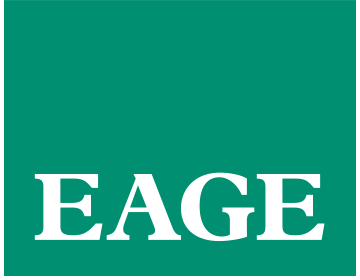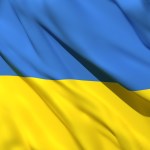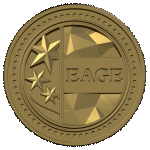It’s February and the EAGE A.I. Committee has some updates for you!
As a group of EAGE members and volunteers, the EAGE A.I. Committee is dedicated to helping you navigate the digital world and finding the bits that are most relevant to geoscientists.
You are welcome to join EAGE or renew your membership to support the work of the EAGE A.I. Community and access all the benefits offered by the Association.
EAGE Membership Benefits: Join or Renew
Curious to know all EAGE is doing for the digital transformation?
Visit the EAGE Digitalization Hub
![]()
![]()
The start of the year was dominated by headlines about Open AI’s intelligent chat bot ChatGPT, and a renewed discussion on the impact that AI systems have on knowledge creation and distribution in various industries, academia featuring prominently among them. As the bot started to appear as a co-author in scientific publications, causing publishers and policy watchers to rush into a discussion whether this is permissible and should be communicated to readers in a methodology section, or be banned altogether. Due to the general popularity of the bot, teaching staff had to reassess their assessment criteria for written tasks and homework assignments, making sure that the input was not solely the product of machine intelligence.
The popularity of the service – reportedly a million users after a week of its launch in November 2022 that has steadily grown to about 500 million users early this year, is compounded by a strategic investment of Microsoft. The software giant has already implemented an OpenAI API in its Azure cloud platform, and one can guess that further integration of intelligent bot services is planned for a wider range of products and services.
Generative modeling is certainly filling the headlines in the AI world these days. After the text to image generation sensation Stable Diffusion by Stability AI, a Munich – centered R&D group, the incumbents in the market followed up with their respective iterations. Google recently released Muse, an efficient text to image Transformer model, which also allows mask free image editing. Salesforce research, on their end, released EDICT, an algorithm that allows text-guided image editing with diffusion models.

Fig. 1, Left: Original image, Right: Edited image with Muse. Image credit: Google Research
![]()
![]()
Another challenge that is currently addressed is realistic generative modeling in 3-D. Besides Google and Stability AI, Nvidia is targeting this space with GET3D, which aims to synthesize textured meshes to be directly consumed by 3-D rendering engines further downstream in the application landscape. Those recent advances in generative modeling will certainly affect a range of industries and professions, subsurface applications being no exception to those.

![]()
Discover EAGE Learning Resources on A.I. and machine learning
EAGE Digitalization Conference 2023
This newsletter is edited by the EAGE A.I. Committee.
| Name | Company / Institution | Country |
|---|---|---|
| Anna Dubovik | WAIW | United Arab Emirates |
| Jan H. van de Mortel | Independent | Netherlands |
| Jing Sun | TU Delft | Netherlands |
| Julio Cárdenas | Géolithe | France |
| George Ghon | Capgemini | Norway |
| Lukas Mosser | Aker BP | Norway |
| Oleg Ovcharenko | NVIDIA | United Arab Emirates |
| Nicole Grobys | DGMK | Germany |
| Roderick Perez | OMV | Austria |
| Surender Manral | Schlumberger | Norway |
| Yohanes Nuwara | Aker BP | Norway |






